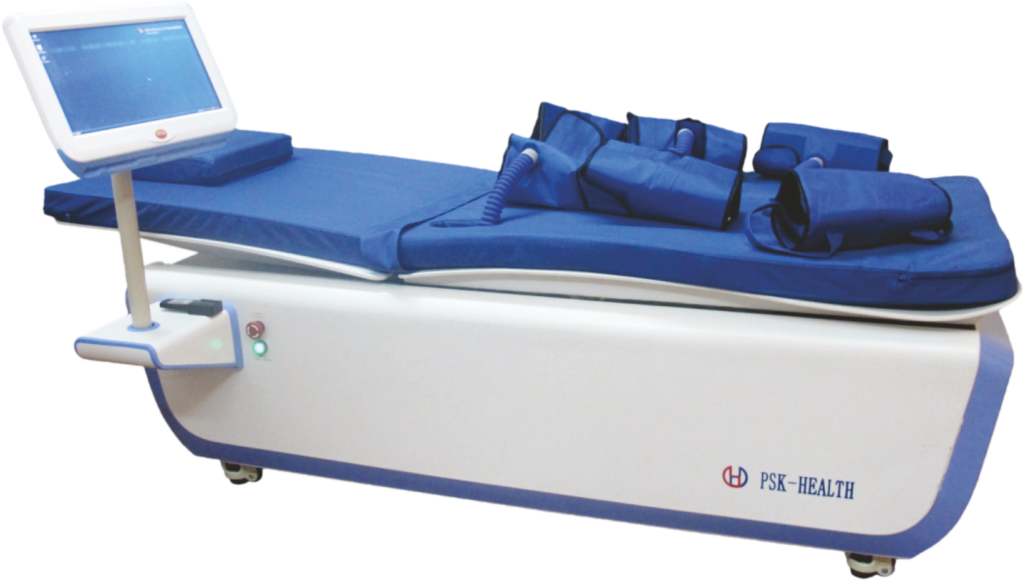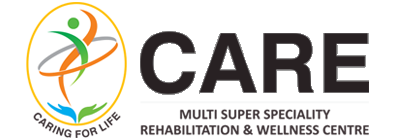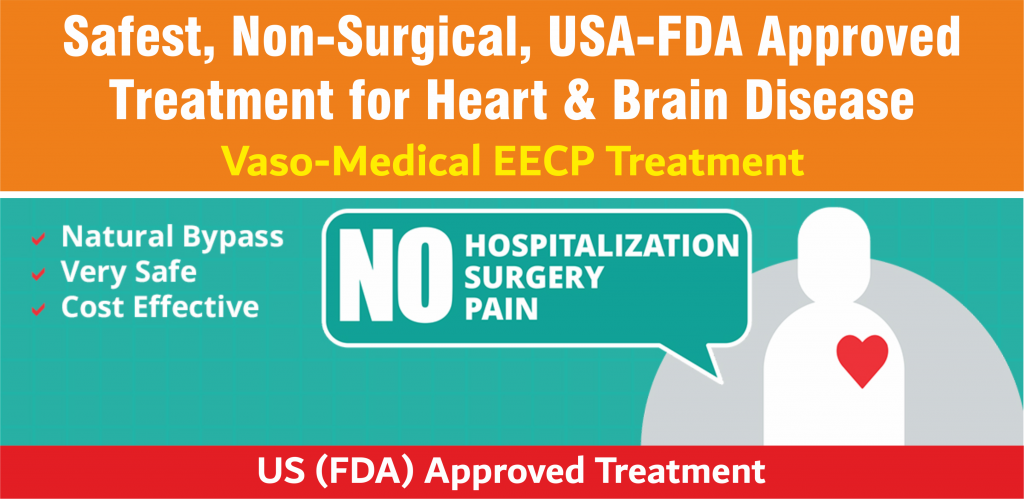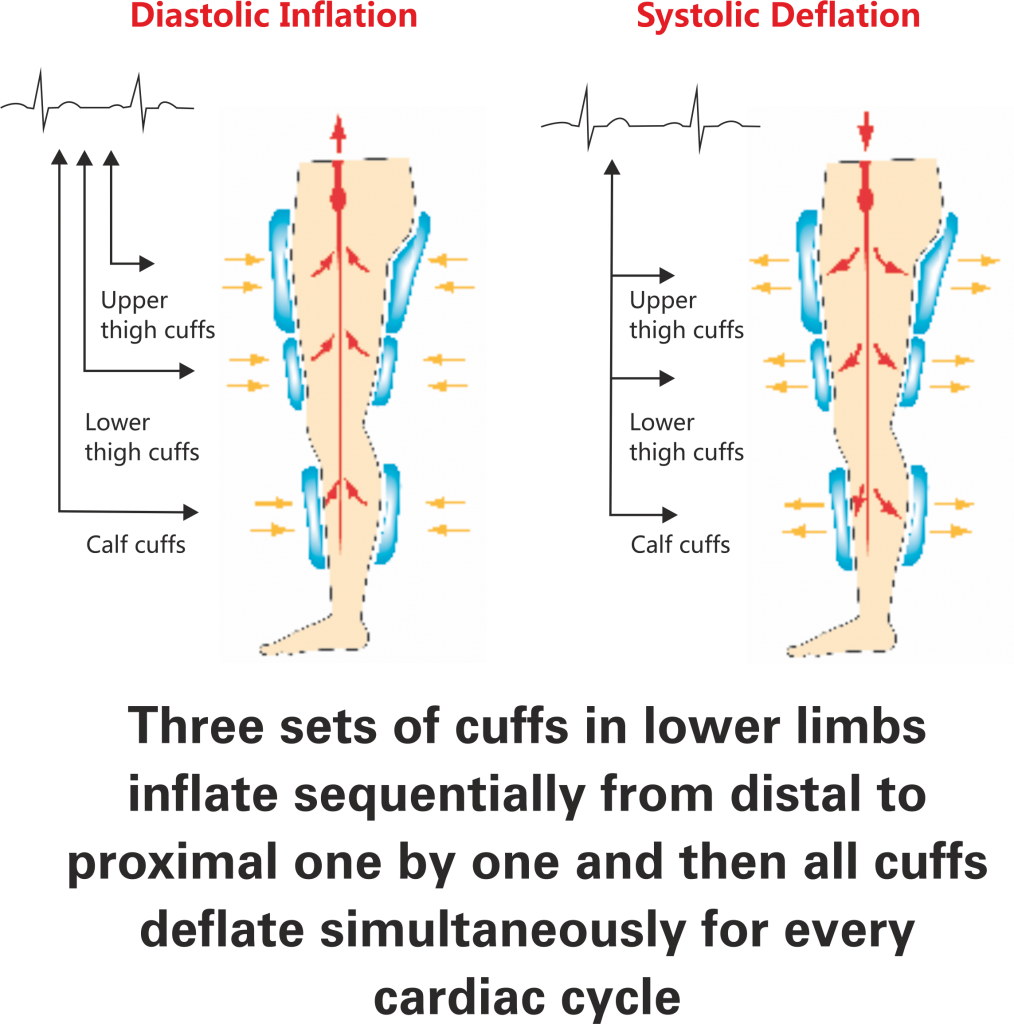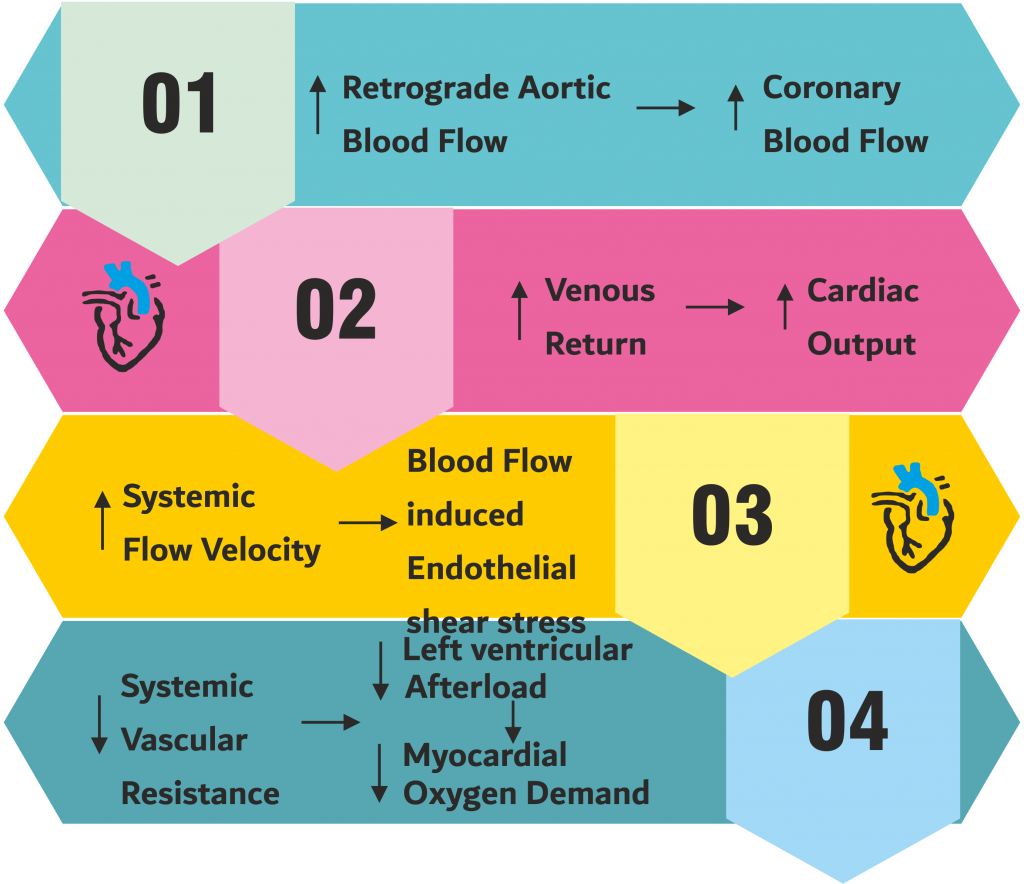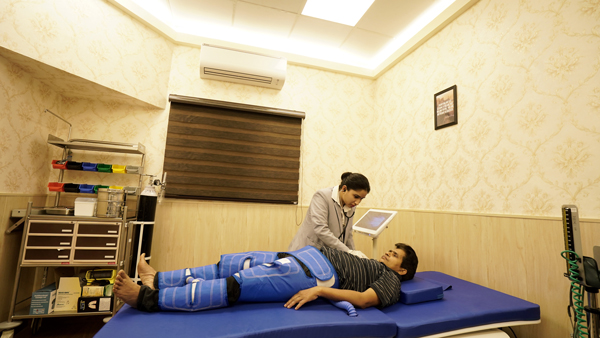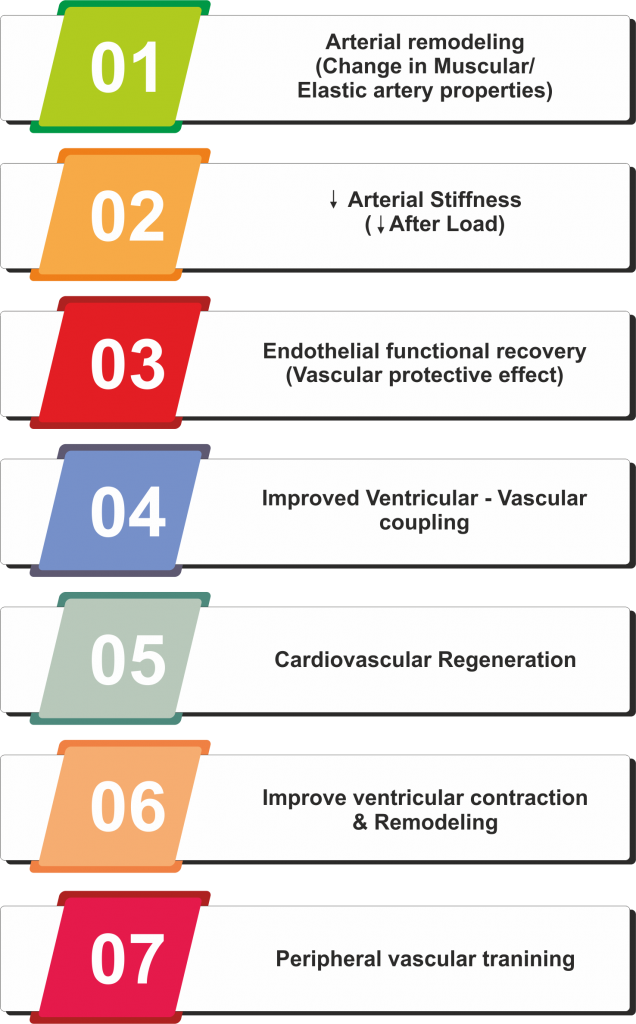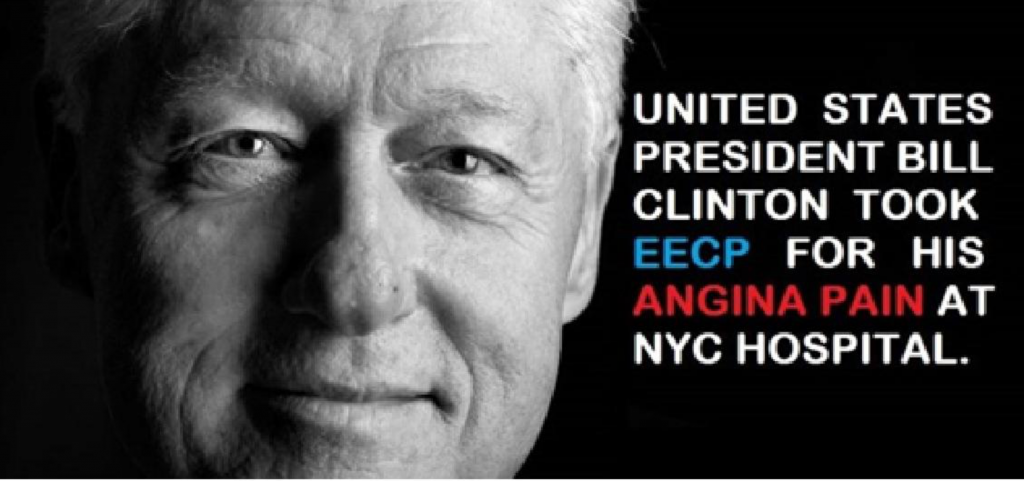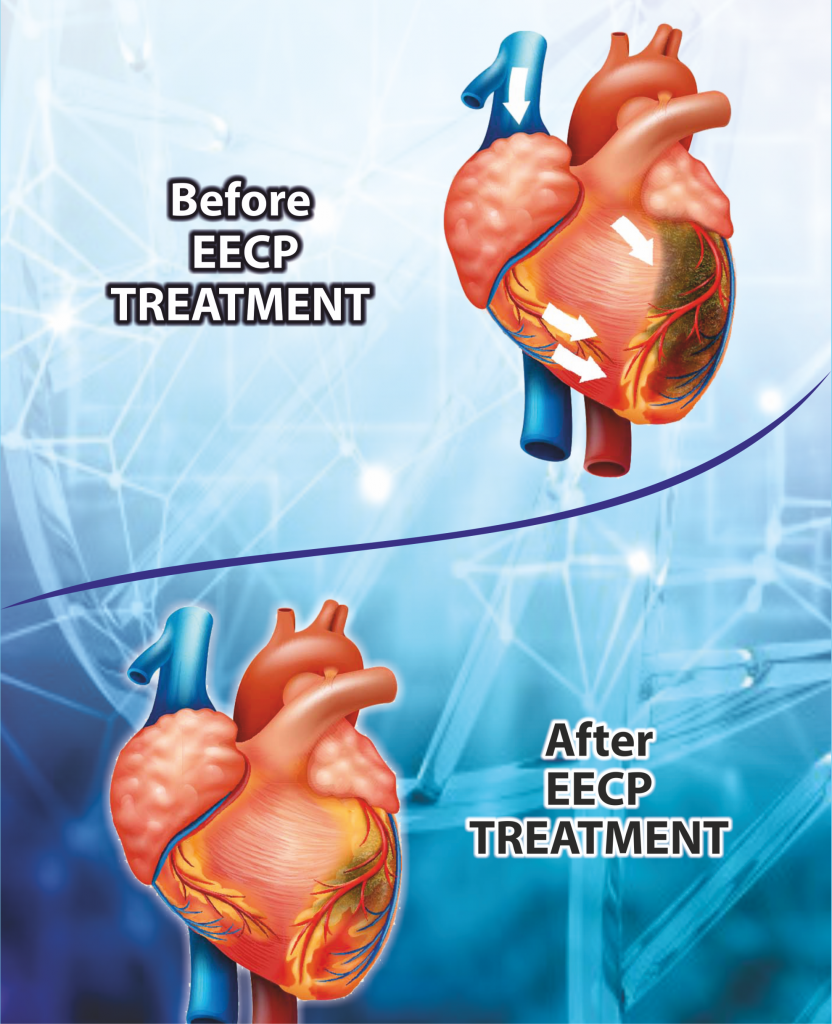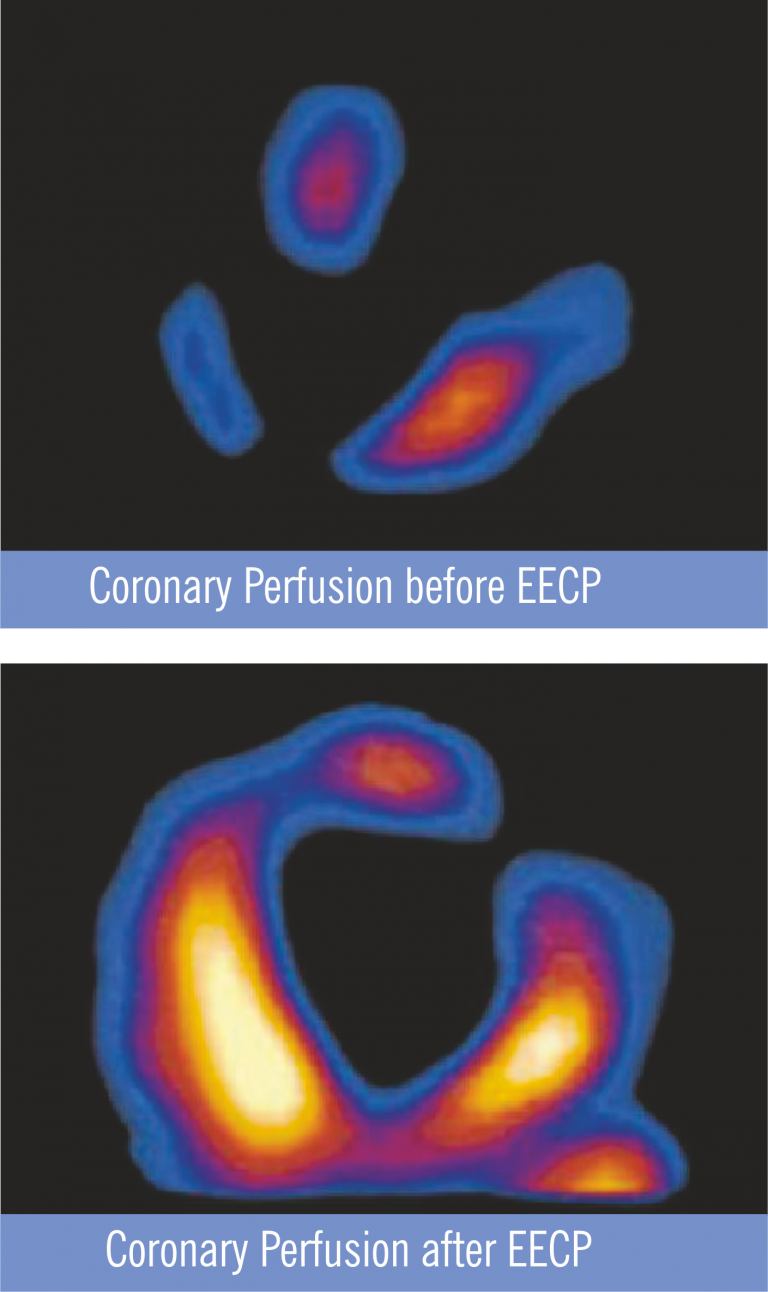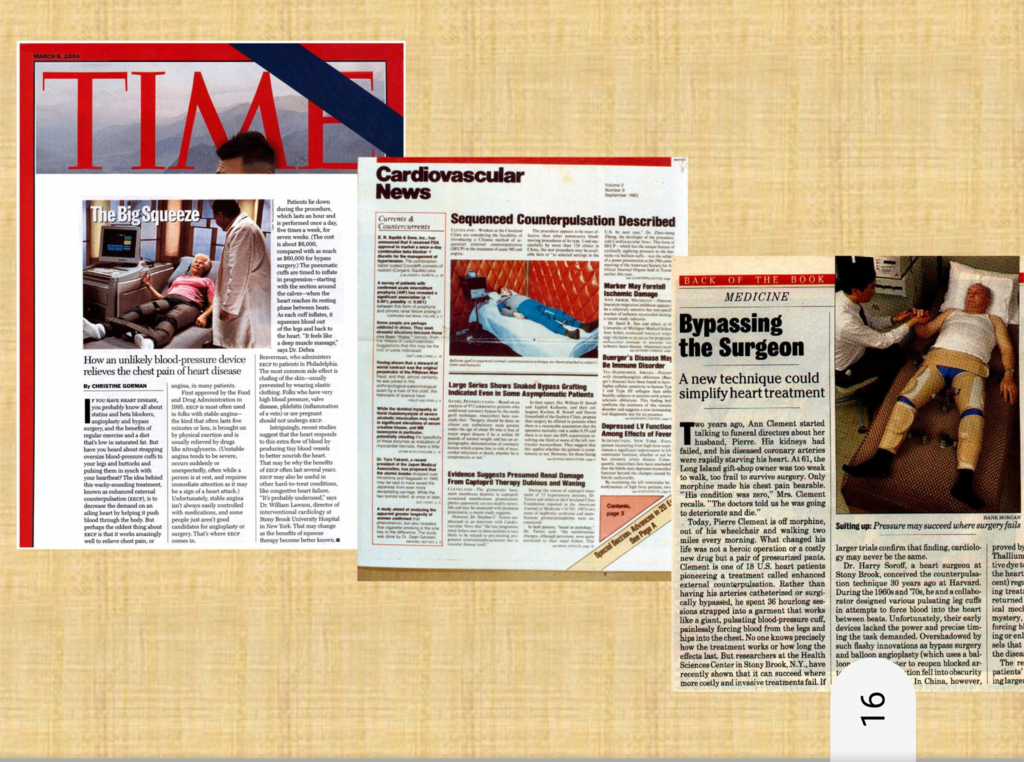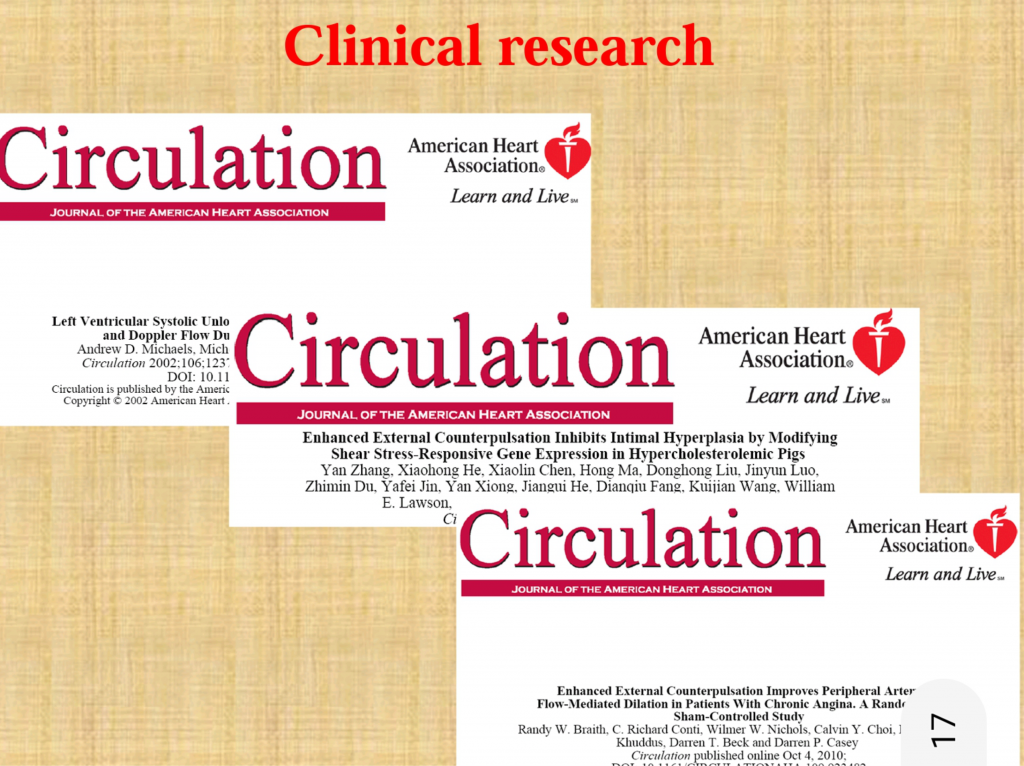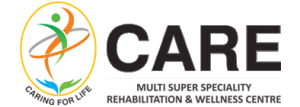What is EECP?
EECP, an acronym for Enhanced External Counterpulsation, is an entirely safe, non-pharmaceutical, non-invasive outpatient treatment for relieving and eliminating chest pain or shortness of breath. EECP Treatment /EECP Therapy is painless, carries no risk, and has no major adverse side effects. Treatment is FDA approved. It is recommended in the guideline of American and European cardiology
E – “Enhanced” stands for the treatment advanced through clinical and technical advancement.
E – “External” stands for the treatment is entirely external and doesn’t need any invasive procedures.
C – ” Counter” stands for the primary treatment principle is to counter the natural heart pumping function.
P – ” Pulsation” stands for the rhymic blood flow in the arteries during the treatment.
